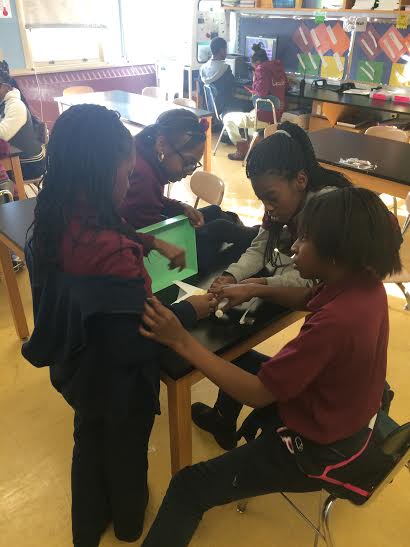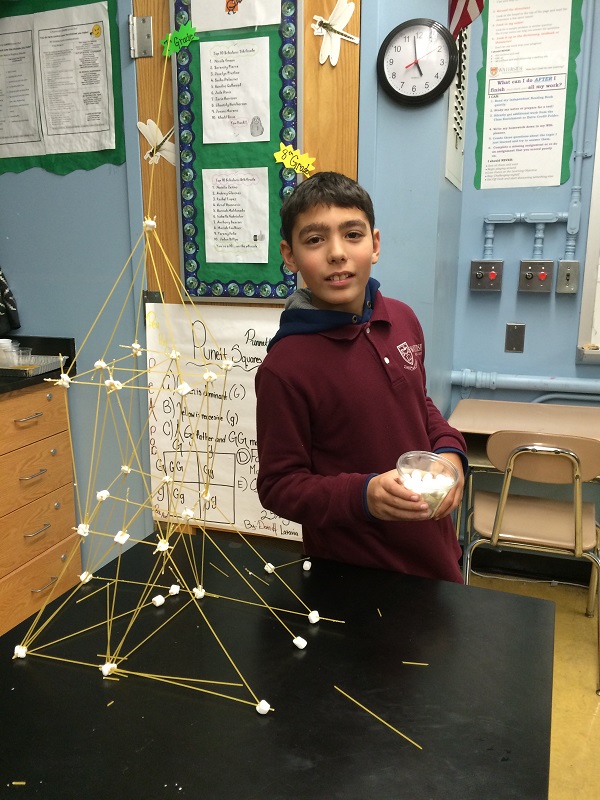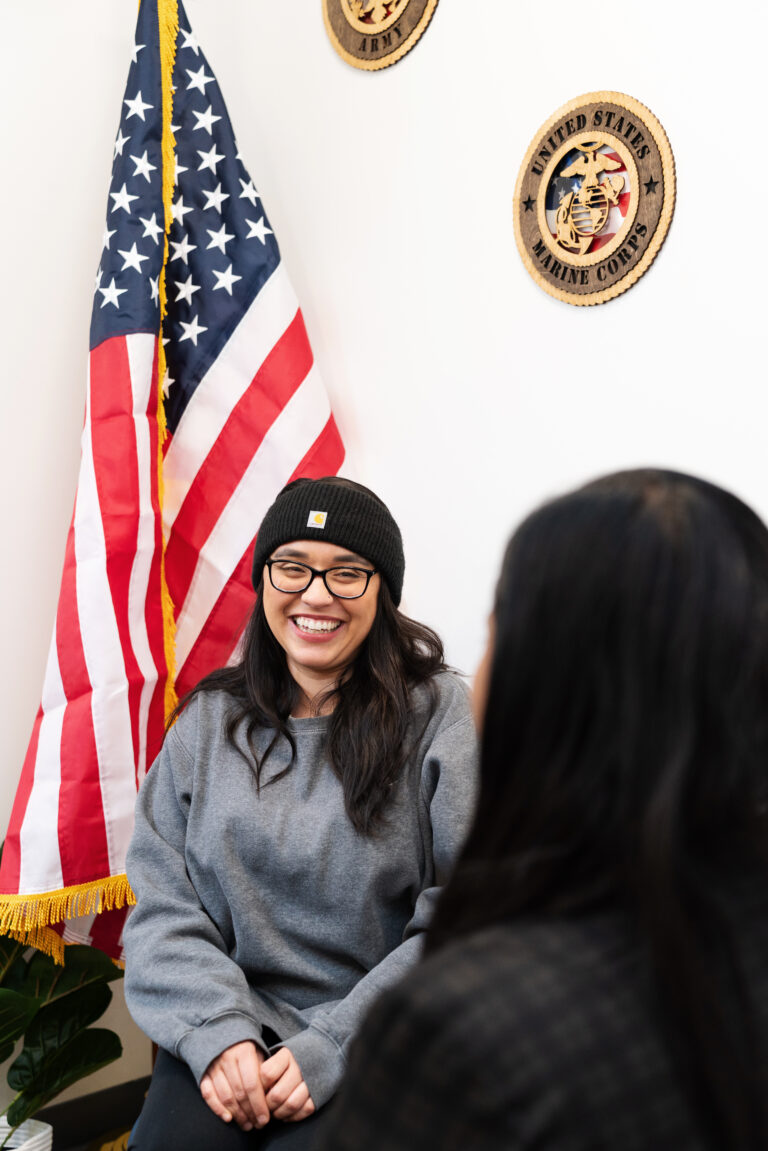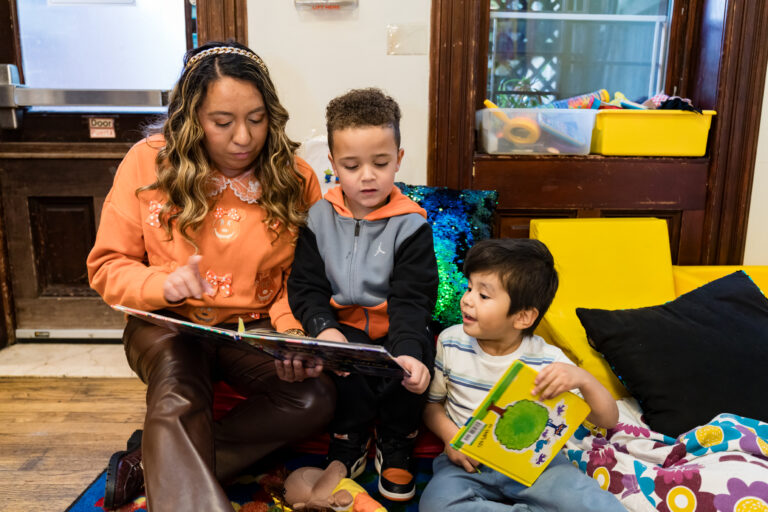New York City’s public school students return to school today. While their parents have spent the weekend stocking their kids’ backpacks with new pencil cases and notebooks, let’s hope their teachers have stocked their classrooms with toothpicks, cork, coins, and other everyday materials. The reason is simple: These materials can be used in hands-on experiments that encourage trial and error and the application of complex concepts. That’s the right way to teach STEM to tomorrow’s leaders, and it needs to be an integral part of schools and after-school programs—especially those that primarily serve BIPOC (Black, Indigenous, and People of Color) and low-income students, and other groups typically underrepresented in STEM fields.
The importance of science, technology, engineering, and mathematics, commonly abbreviated to “STEM,” in education is getting a lot of press these days. U.S. News and World Report recently published an op-ed about the need for tech companies to boost diversity in their ranks. According to the article, Google, Facebook, and Twitter’s most recently released U.S. Equal Employment Opportunity reports show that despite efforts to increase diversity, only 1.8 percent of the companies’ combined 41,000 employees—758 people—are African American. The piece also cited the Mother Jones observation that all of these employees could fit in a single Airbus A380 plane. A key part of the problem, the article went on to say, is that underrepresented and low-income students have few STEM opportunities in school—so it’s no surprise that when they enter the workforce, they’re not choosing STEM careers in any great numbers.
We are fortunate to live in a state that is recognizing this troubling trend and committed to reversing it. New York has adopted the Next Generation Science Standards to help ensure equity in access to rigorous, 21st century learning opportunities for all students. The framework for these standards is designed to integrate three dimensions: science and engineering practices, crosscutting concepts, and disciplinary core ideas. These dimensions will no longer be separate entities in the school system. And, perhaps most important, the Standards emphasize not just the acquisition of knowledge, but also the opportunity to apply what was learned. This is a smart, necessary shift in focus. Science, technology, and engineering are soaring in terms of importance in the 21st century, and to succeed in any subject area, students will be required to have a sense of contextual understanding of scientific knowledge from more than a textbook angle.
But in order for the Standards to live up to their promise, we need to focus on educators as well as students. STEM teachers need to be equipped—and encouraged—to teach these subjects in a hands-on way, through games and activities that foster a deeper learning.
That is why I am so pleased that our SONYC (School’s Out New York City) after-school program at the Waterside School for Leadership has been selected as one of 15 educator teams to participate in the STEM Educators Academy at Institute of Play. The purpose of this initiative is to train and work with educators to effectively use games for STEM learning experiences.
Two of our group leaders, as well as our STEM instructor, attended the Academy. During this time, they worked together to construct hands-on STEM-related games and activities—for example, creating towers using toothpicks, which introduces kids to such concepts as engineering and the scientific method in a way that allows them to fully understand those concepts, rather than simply memorizing facts and formulas. This primes their brains to think in a way that will help them solve new problems involving those concepts later on.
Schools and after-school programs like ours need to integrate more of these activities into their classrooms. Admittedly, it’s a tough sell: With so much content-specific information to be covered in science classes, and so much focus on standardized test scores, it’s no wonder that some principals are hesitant to allow (let alone encourage) teachers to devote much time to hands-on, game-formatted learning techniques—not realizing that more learning probably occurs when participants can openly engage in trial-and-error activities.
But it is well worth the effort. I have implemented STEM programming in Child Center after-school programs for two years, and I have seen firsthand how such programming enables participants to use technical skills, think outside the box, and apply what they learned to new situations. Students who get the opportunity to be a part of our STEM activities really do say to me, “I never imaged that science or learning can actually be fun.”
So as NYC kids are busy organizing their desks and sharpening their pencils this week, let’s get ready to sharpen their minds with the kind of learning that will truly prepare them for unimagined new careers and bring closer the day when the Googles, Facebooks, and Twitters of tomorrow employ enough underrepresented groups to fill not just a single Airbus A380 plane, but an entire fleet and then some.
Saher Mahmood
COMPASS Program Supervisor






